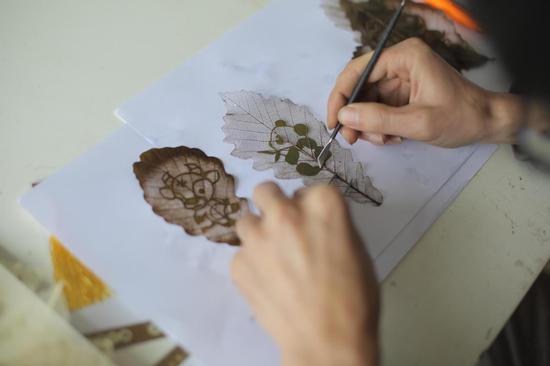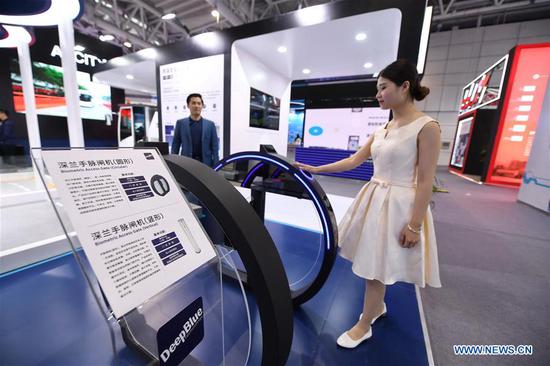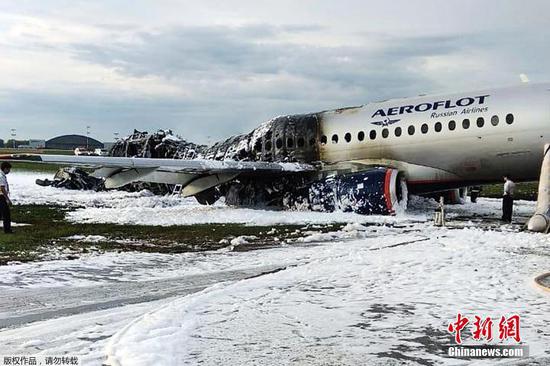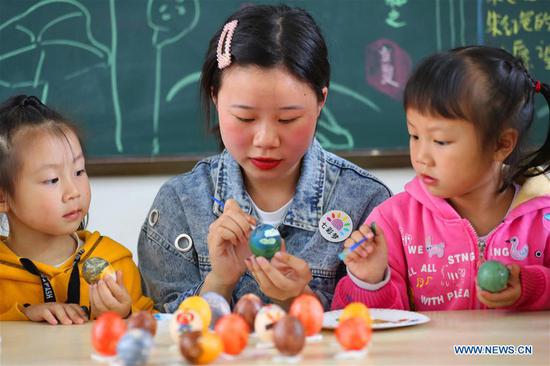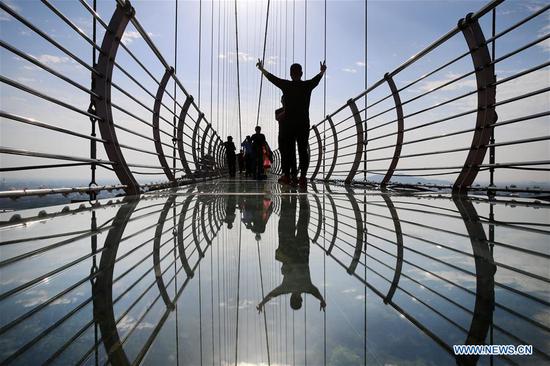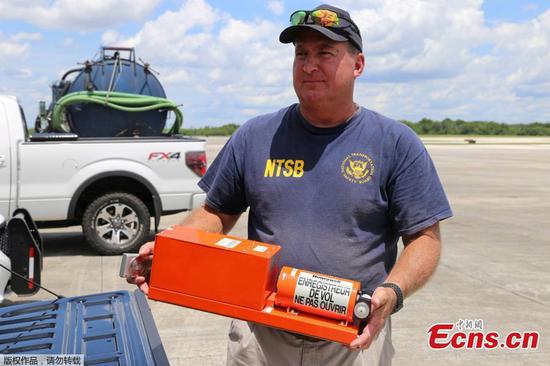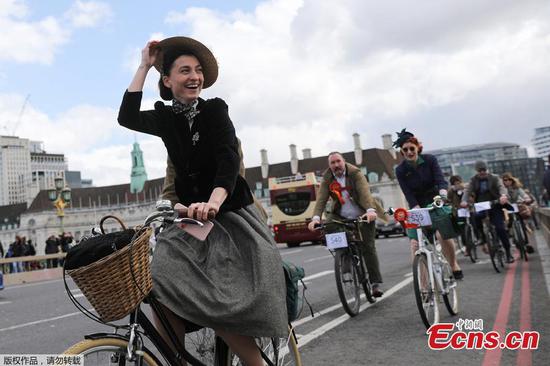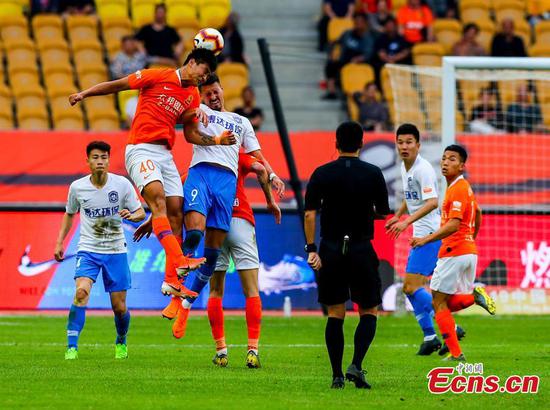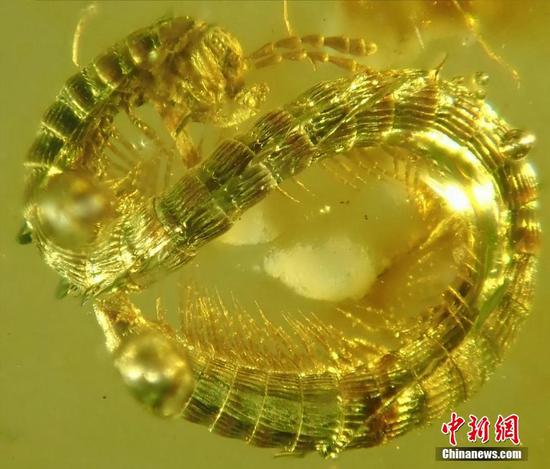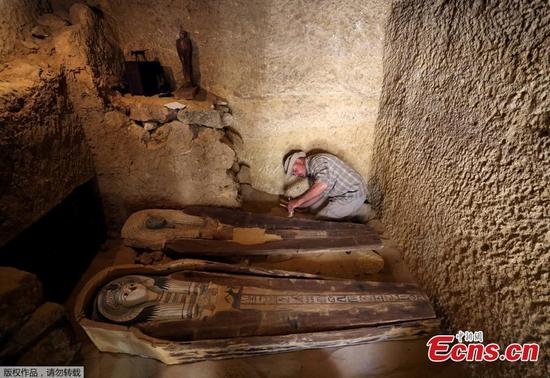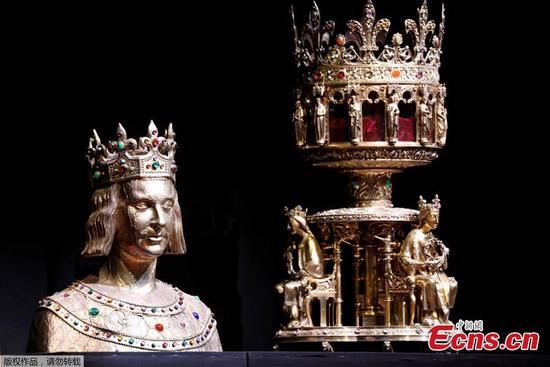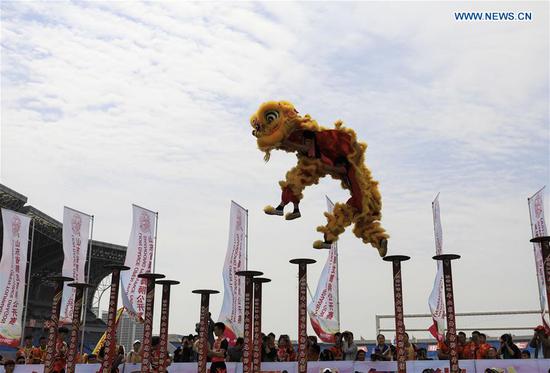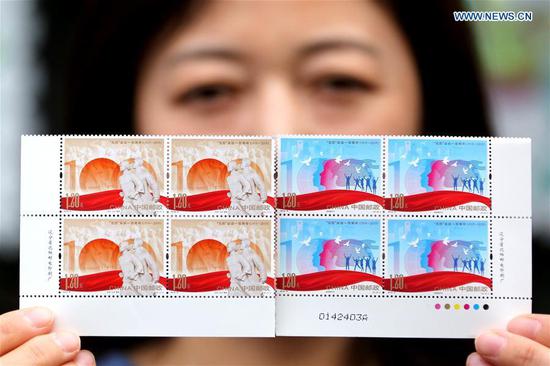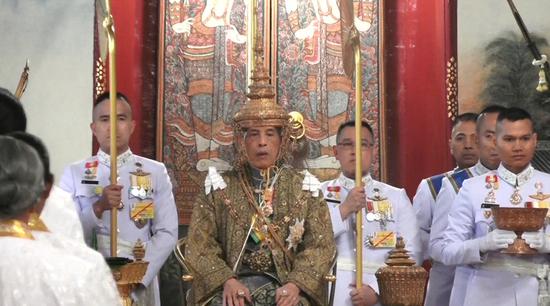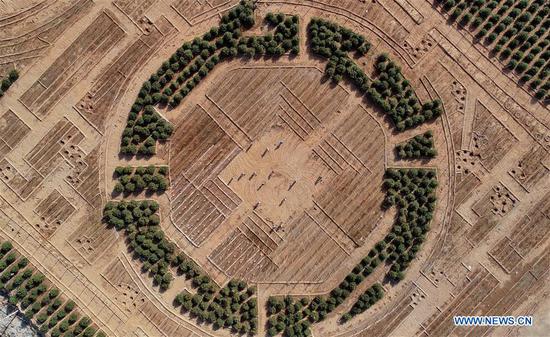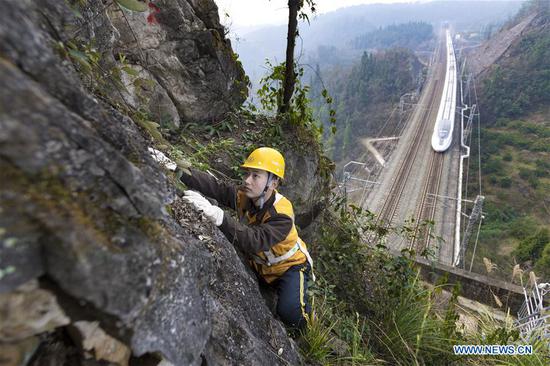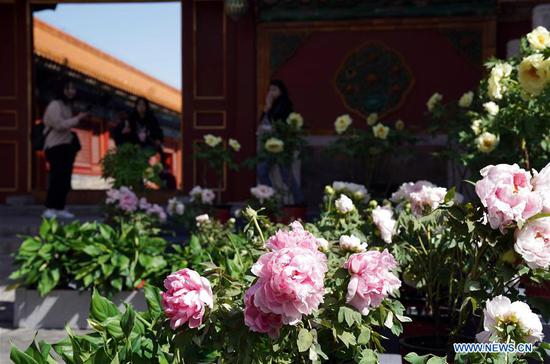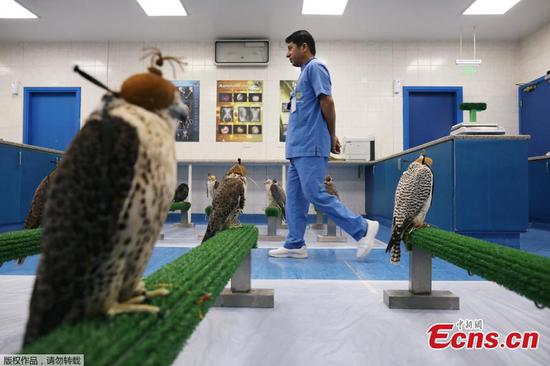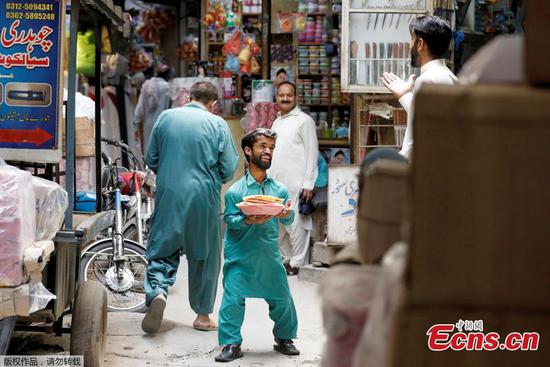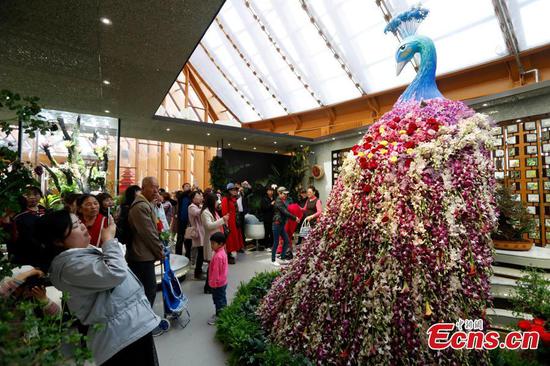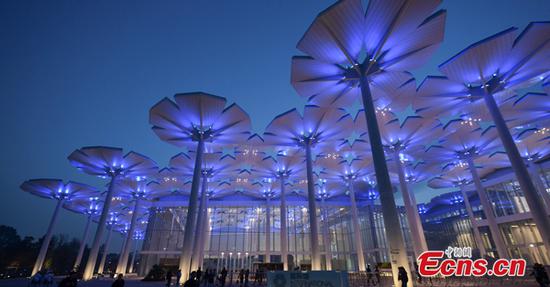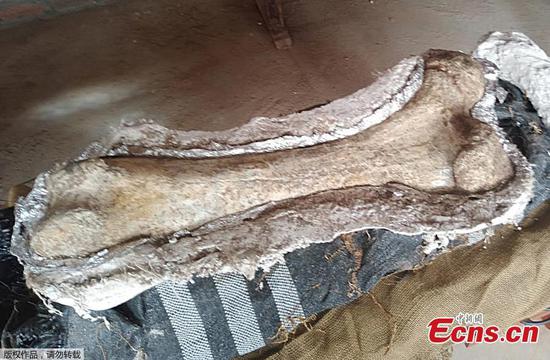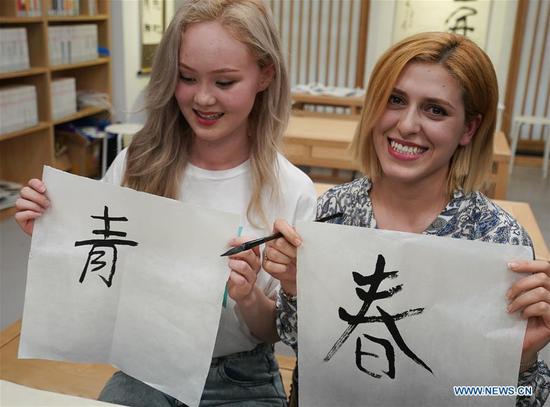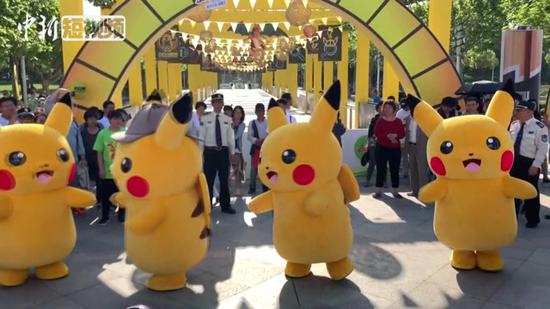Xiao Haozi(name changed) was kidnapped by human traffickers 10 years ago when he was just 3 years old. Although Sichuan provincial police had only a few childhood photographs of Xiao as clues, they managed to find him by using artificial intelligence (AI) technology.
China Daily reporter Zhang Zhouxiang explains the technology that made this miracle possible:
Can you recognize a child based on nothing but its photos taken 10 years ago? Probably not, because we humans recognize a person's face based on certain physical features-the shapes of the cheeks and mouth, the size of the eyes-which change with time.
Besides, human memory is not stored in hard disks like those of computers-intact and ready to use. That is precisely why AI technology can play a significant role in recognizing human faces from old photographs.
AI technology not only analyzes the shapes of the cheeks and mouth and the size of the eyes, but also reads some features that change little with time, such as the lines on the lips and the shape of the irises. Since AI can read these features, which are like fingerprints-more easily, it can more accurately recognize a child from its 10-year-old photo.
AI technology has been progressing well thanks to the efforts of scientists engaged in improving the algorithms of artificial neuronal networks, which improve themselves by "learning" from past activities. The more comparisons they make between photos and actual human faces, the more adept they become at matching faces.
The AI technology used to identify people from their old photographs is more mature than we think. On a China Central Television program last year, an AI program scanned the photos of 30 couples from the 1990s and accurately matched them one by one with their young children sitting on the stage.
News reports say AI technology has already helped Fujian provincial police to find 1,091 lost children. Let us hope the technology can help police find more lost and kidnapped children, and to prevent such tragedies.









